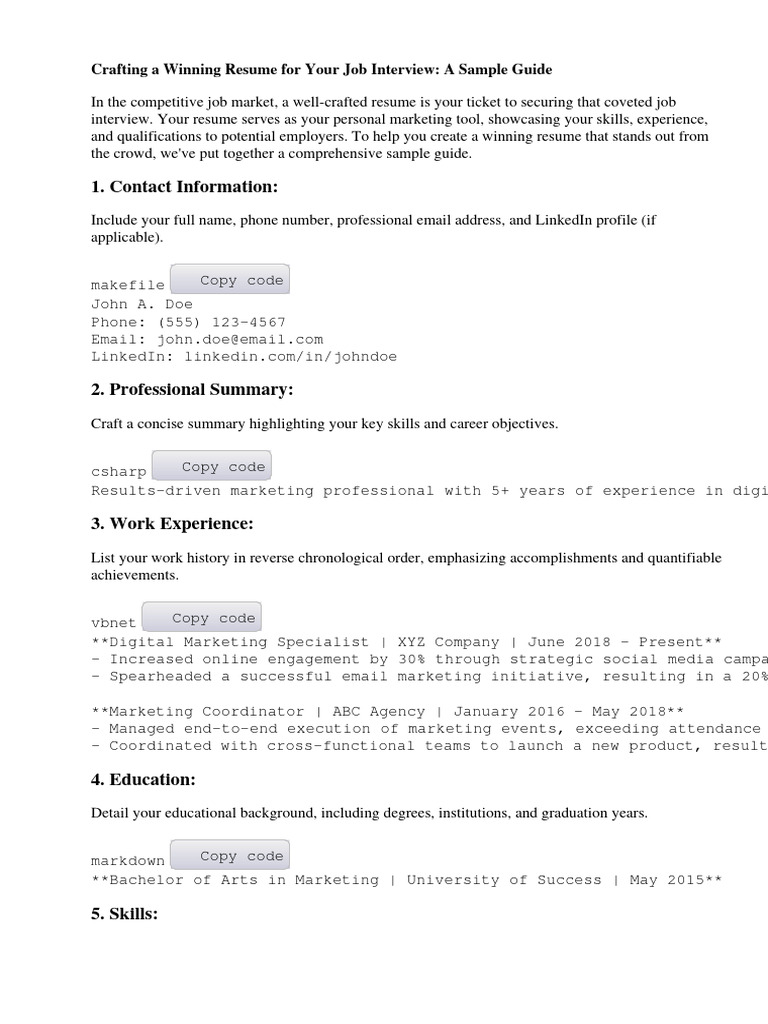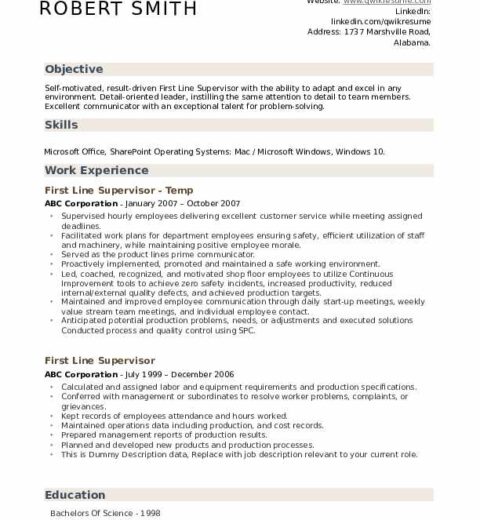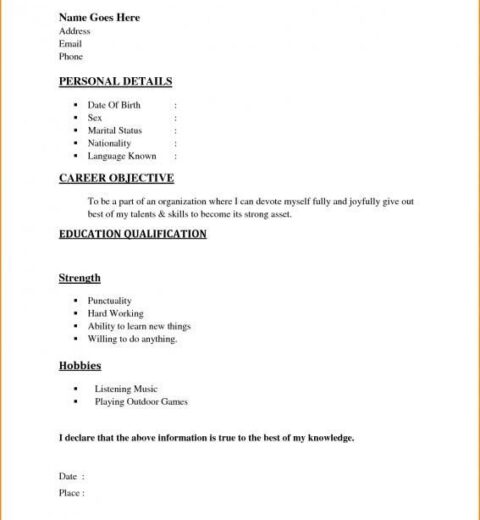Writing a resume that stands out and successfully lands interviews can often feel overwhelming. For many job seekers, the resume is their most critical marketing tool. It serves to encapsulate your skills, experiences, and educational background within a structured format. Herein lies the art of crafting an effective resume that captures the employer’s attention. This article provides a comprehensive guide to writing a resume that not only conveys your qualifications but also makes you irresistible to potential employers. Let’s explore the essential components necessary for a compelling resume.
Understanding Resume Fundamentals
To initiate the process, it’s vital to comprehend what a resume is meant to convey. A resume is a succinct document designed to highlight your career trajectory, skills, accomplishments, and educational background. Rather than being an exhaustive account of your life experiences, it should serve as a well-crafted pitch to prospective employers. With this in mind, let’s delve into some fundamental elements that every effective resume should encompass.
1. Choose the Appropriate Format
The format of your resume can substantially affect its readability and effectiveness. The three most commonly used formats are:
- Chronological: This format lists your work experience in reverse chronological order and is best suited for those with a solid work history.
- Functional: Focusing on skills rather than work history, this format is ideal for individuals with gaps in employment or those changing careers.
- Combination: This hybrid format merges both chronological and functional aspects, highlighting relevant skills and experiences while also presenting them in chronological order. Each format serves various purposes; selecting the right one will optimize your visibility to recruiters.
2. Crafting a Compelling Summary Statement
Your summary statement acts as the opening pitch of your resume. It now typically spans one to three sentences, succinctly summarizing your qualifications and career objectives. Focus on your most impressive achievements and skills relevant to the position you are targeting. For instance, instead of stating, “I am highly organized,” you might say, “Dynamic project manager with over five years of experience in delivering high-impact projects on time and within budget.” Such specificity attracts attention and engages the reader.
3. Highlighting Key Skills
Accompany your summary with a dedicated skills section. This section should enumerate hard and soft skills pertinent to the job you seek. Hard skills are quantifiable abilities—like proficiency in specific software or platforms—while soft skills encompass interpersonal attributes, such as teamwork and communication. Be sure to tailor your skills list to mirror the terminologies and requirements highlighted in the job description.
4. Detailing Professional Experience
The crux of your resume lies within the professional experience section. Here is where you illustrate your career achievements and responsibilities in previous roles. Each entry typically includes the job title, organization name, location, and dates of employment. Use tangible results and metrics to present your accomplishments. Instead of writing, “Responsible for increasing sales,” you could improve it with, “Drove a 20% increase in regional sales within one fiscal year through strategic marketing initiatives.” Such quantifiable achievements resonate deeply with hiring managers.
5. Education and Certifications
Next, delineate your educational background. Start with the highest degree obtained, followed by the institution’s name, location, and graduation date. If you possess relevant certifications—such as project management or industry-specific qualifications—list them accordingly. This inclusion plays a crucial role in demonstrating both your foundational knowledge and commitment to continuous professional development.
6. Additional Sections: Volunteer Work, Interests, and Languages
While the core sections are essential, consider adding supplementary elements to enhance your resume’s depth. Volunteering experiences, for example, can demonstrate your character and commitment to community service. If applicable, you may also want to include interests or hobbies that align with the company culture. Multilingual capabilities are particularly valuable in diverse workplaces and should be prominently displayed. These sections, though optional, can give potential employers insight into your personality and passions beyond your professional life.
7. Tailoring Each Resume
One paramount aspect of resume writing is customization. Each job application warrants a tailored resume that aligns with the specific job description. Utilize keywords from the job listing and ensure your experiences and skills reflect the needs of the employer. This adjustment showcases not only your qualifications but also demonstrates meticulous attention to detail and genuine interest in the position.
8. Proofreading and Formatting
The final step in the resume crafting process involves rigorous proofreading. Grammatical errors, typos, and inconsistent formatting can detract from an otherwise stellar resume. Ensure uniformity in font size, bullet points, and spacing. While the content is key, the presentation should not be overlooked. A clean, visually appealing layout can significantly enhance readability.
Conclusion
Ultimately, writing a resume that secures interviews is an exercise in strategic self-presentation. By understanding the fundamentals of resume structure, leveraging your skills and experience, and maintaining a tailored approach, you are well on your way to crafting a document that impresses potential employers. Remember, your resume is not just a recitation of past roles; it is a reflection of your professional narrative and aspirations. In a competitive job market, a well-crafted resume can be the decisive factor that propels you towards your next career opportunity.




